Your gut is home to trillions of bacteria—and what you feed them matters. Science shows that probiotic-rich foods don’t just improve digestion; they boost immunity, sharpen mental clarity, and even help manage weight. However, not all fermented foods are created equal. Beyond the usual yogurt and kefir, there are powerful, lesser-known options backed by research that can transform your gut health.
From Japan’s sticky natto to Korea’s fiery kimchi, these probiotic superstars pack unique strains that outperform common picks. Discover how ancient fermentation traditions can upgrade your microbiome—one flavorful bite at a time. Your gut will thank you.
1. Natto

Sticky, pungent, and packed with benefits, natto is a traditional Japanese dish made from fermented soybeans. Unlike many probiotics, it contains Bacillus subtilis, a hardy strain that survives stomach acid to colonize the gut effectively. Research suggests this bacterium supports digestion, reduces bloating, and may even enhance immune function by stimulating antibody production.
The fermentation process also boosts vitamin K2, crucial for bone and heart health. While its strong flavor and slimy texture can be divisive, many enjoy it over rice with soy sauce and mustard. For those new to natto, starting with small portions helps the palate adjust. Look for non-GMO, organic varieties to avoid unwanted additives.
2. Tempeh

Originating from Indonesia, tempeh is a fermented soy product with a firm, nutty texture. The key microbe, Rhizopus oligosporus, breaks down soy’s anti-nutrients, making protein and minerals more absorbable. This mold also produces natural antibiotics that may support gut health by fighting harmful bacteria.
What sets tempeh apart is its dual role as a prebiotic and probiotic. The fermentation creates fiber that feeds good gut bacteria while delivering live cultures. It’s versatile—grill it, crumble it into stir-fries, or bake it as a meat substitute. Since it’s less processed than tofu, it retains more nutrients like iron and magnesium. Always choose traditionally fermented tempeh for maximum benefits.
3. Miso
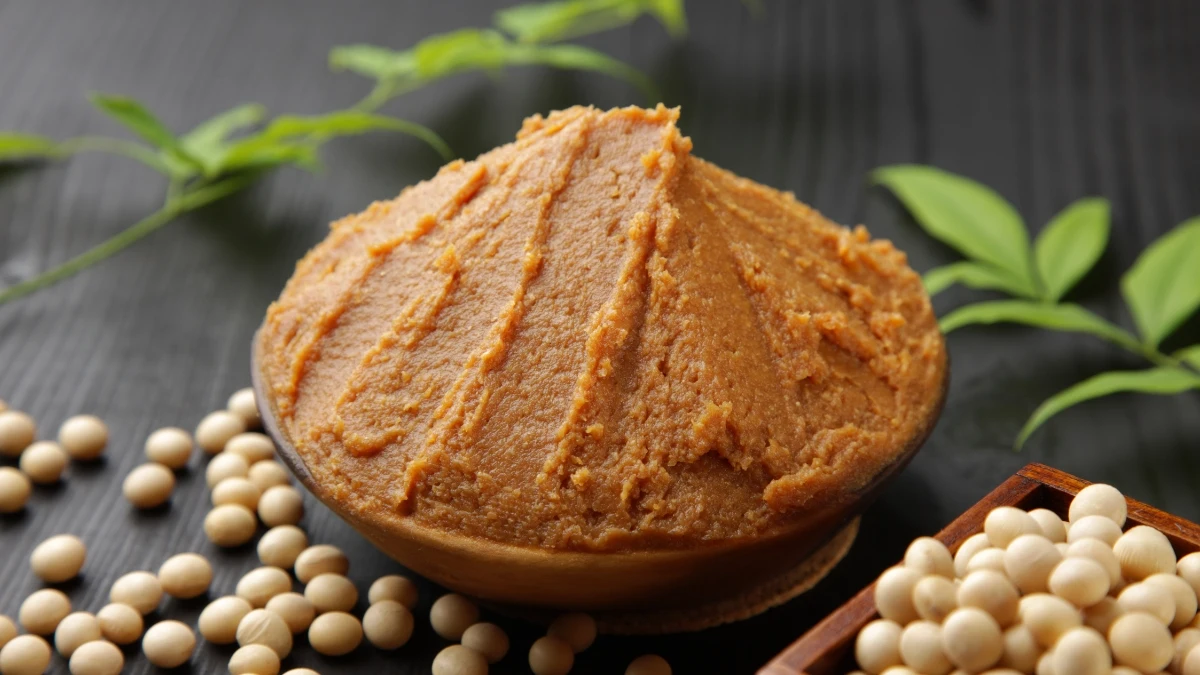
Miso is more than just soup base. This fermented soybean paste, cultured with Aspergillus oryzae, has been a Japanese staple for centuries. The fermentation process can take months or years, deepening its umami flavor and probiotic content. Studies link miso to improved gut microbiome diversity, which is tied to better digestion and even mental health.
Rich in enzymes and antioxidants, miso also supports detoxification. Use it in dressings, marinades, or even desserts for a savory twist. Light miso (white or yellow) is milder, while darker varieties like red miso offer stronger flavors. Since high heat kills probiotics, add it at the end of cooking. Opt for unpasteurized versions to ensure live cultures remain active.
4. Kombucha
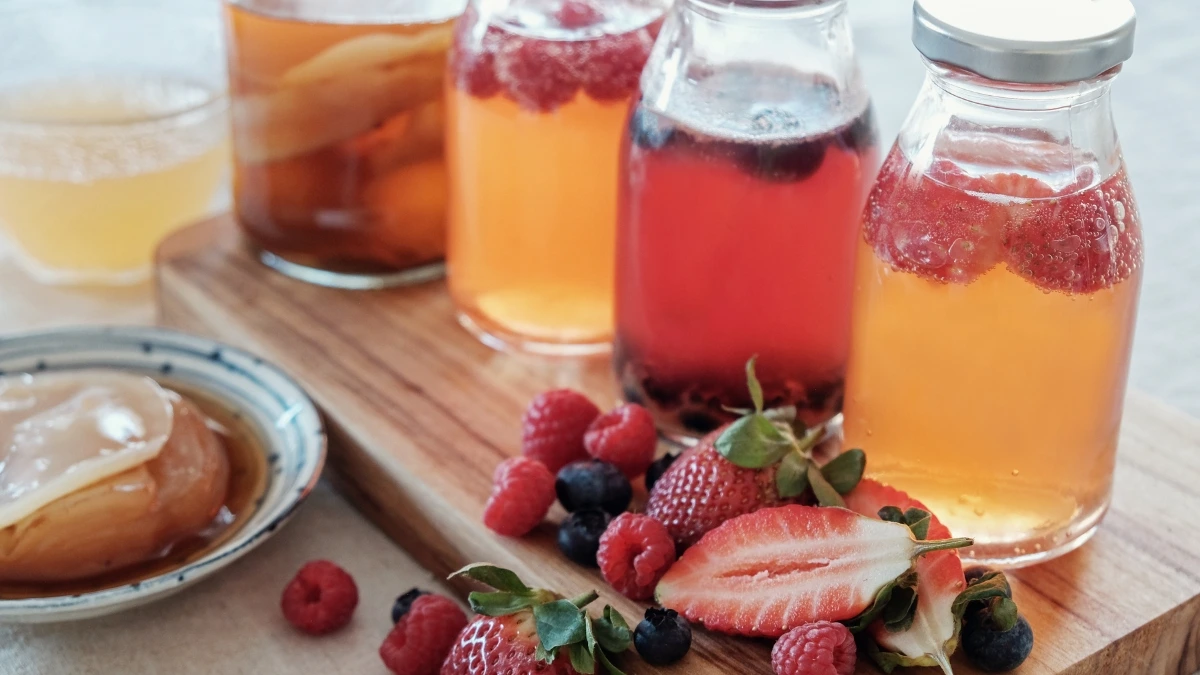
This fizzy, tangy drink is made by fermenting sweetened tea with a SCOBY (symbiotic culture of bacteria and yeast). The result is a probiotic-rich beverage loaded with acetic acid, which helps balance gut pH and suppress harmful bacteria. Some strains in kombucha, like Gluconacetobacter, may improve liver function and reduce inflammation.
While store-bought kombucha is convenient, homemade versions often contain more live cultures. Flavors range from ginger to berry, but watch for added sugars. Drinking small amounts daily can aid digestion, though those with sensitive stomachs should start slowly. The mild caffeine content makes it a refreshing alternative to soda.
5. Water Kefir
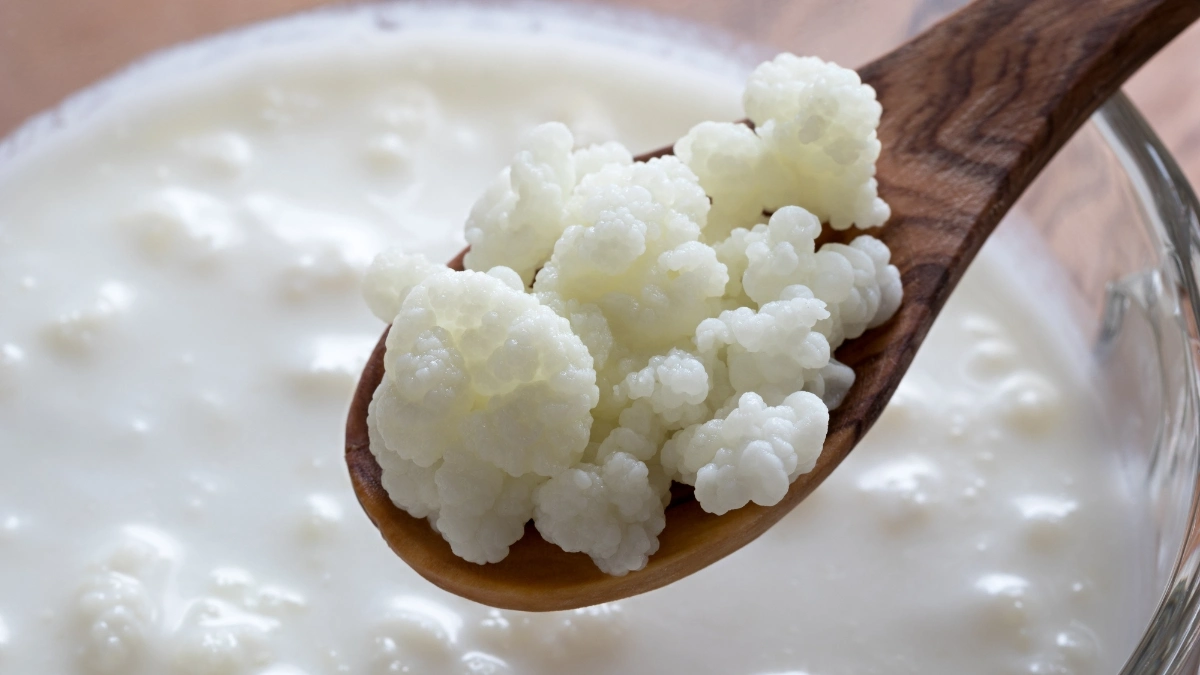
For those avoiding dairy, water kefir offers a light, slightly sweet probiotic drink. Made by fermenting sugar water with kefir grains, it develops a mix of Lactobacillus, Bifidobacteria, and yeast strains. These microbes help restore gut balance, especially after antibiotics.
Unlike milk kefir, it’s lower in calories and suits vegans. Natural flavors like coconut water or fruit juice can enhance taste. The carbonation is gentler than kombucha, making it easier on sensitive stomachs. Since it’s less acidic, it may be a better option for people with acid reflux. Look for raw, unpasteurized versions or try fermenting it at home for maximum potency.
6. Lassi
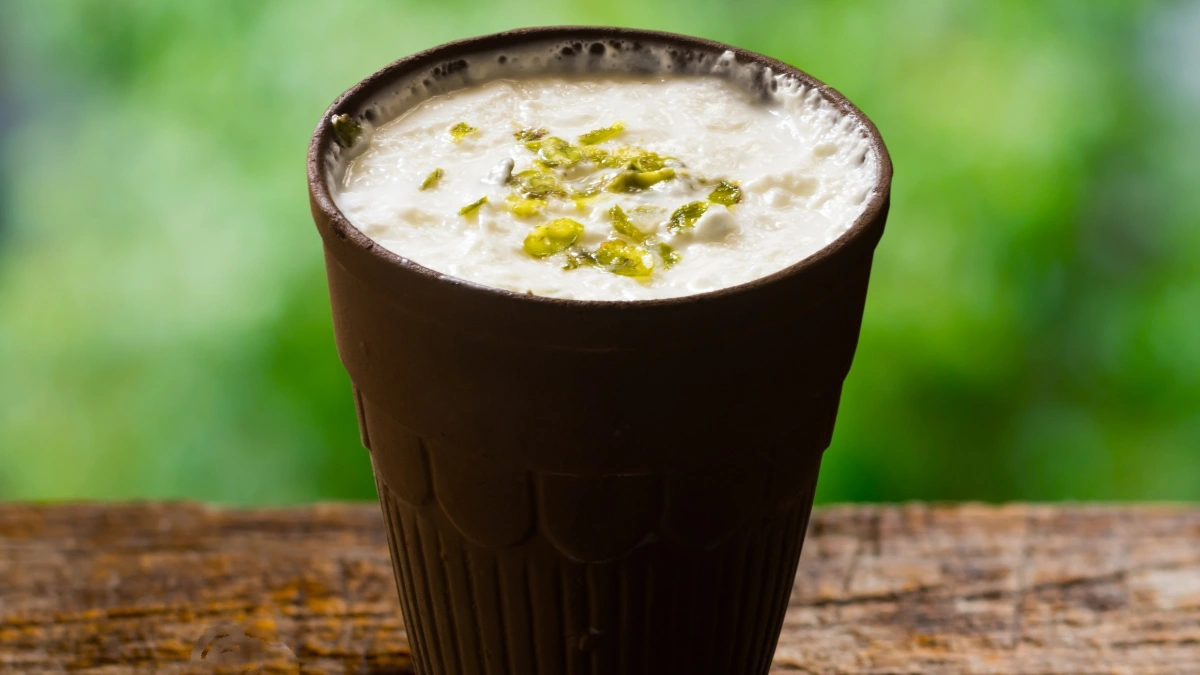
Thick, creamy, and subtly tangy, lassi has been cooling Indian palates for centuries. Unlike Western yogurt drinks, traditional versions use dahi—a fermented yogurt teeming with Lactobacillus strains that break down lactose and ease digestion. The fermentation process also increases bioavailability of nutrients like calcium and B vitamins.
Savory lassi, blended with cumin and mint, aids post-meal digestion, while sweet mango lassi offers a probiotic-rich dessert. Street vendors often serve it fresh, but homemade batches guarantee live cultures. For maximum benefits, avoid pasteurized commercial versions loaded with sugar. Pair it with spicy meals to soothe the stomach, or sip it solo as a refreshing gut tonic.
7. Fermented Pickles
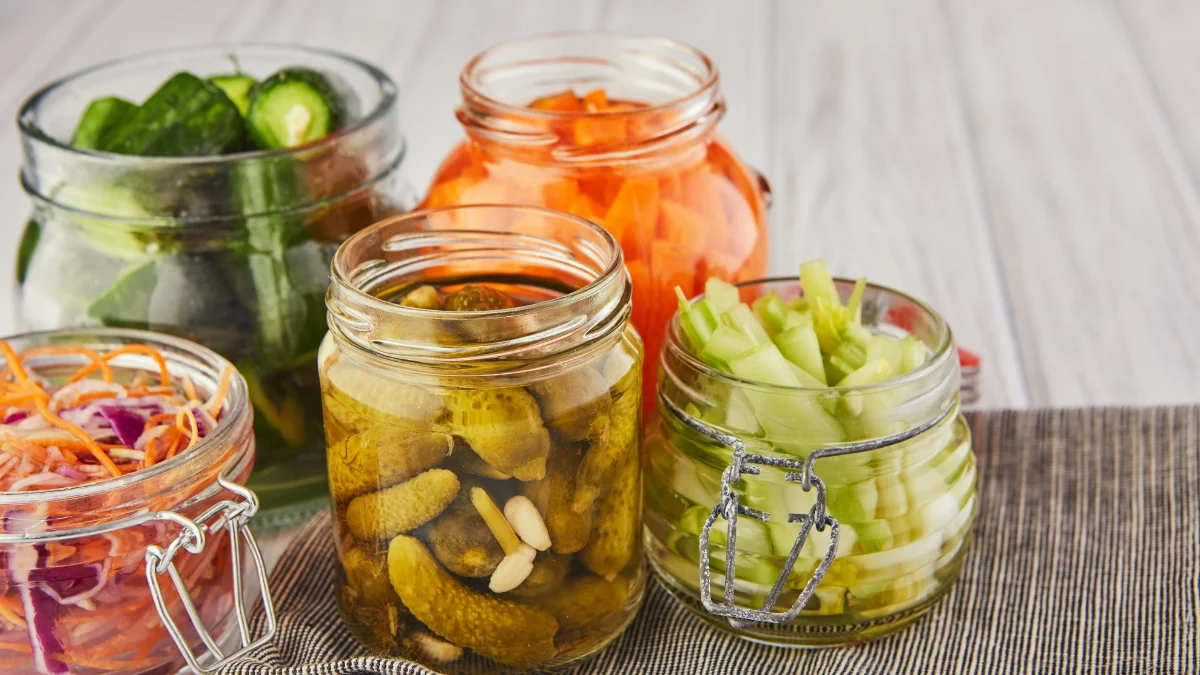
Crunchy, sour, and alive with microbes, properly fermented pickles are gut health gold. The key difference? Real fermentation uses saltwater brine, not vinegar, allowing Leuconostoc and Lactobacillus bacteria to thrive. These strains produce lactic acid, preserving the cucumbers while creating a probiotic punch.
Store-bought pickles often lack benefits due to pasteurization. Seek out refrigerated brands labeled “raw fermented” or make your own with garlic and dill. The probiotics in these pickles may reduce bloating and enhance nutrient absorption. Just one or two a day can make a difference. Their bold flavor also jazz up sandwiches or charcuterie boards without artificial additives.
8. Sauerkraut
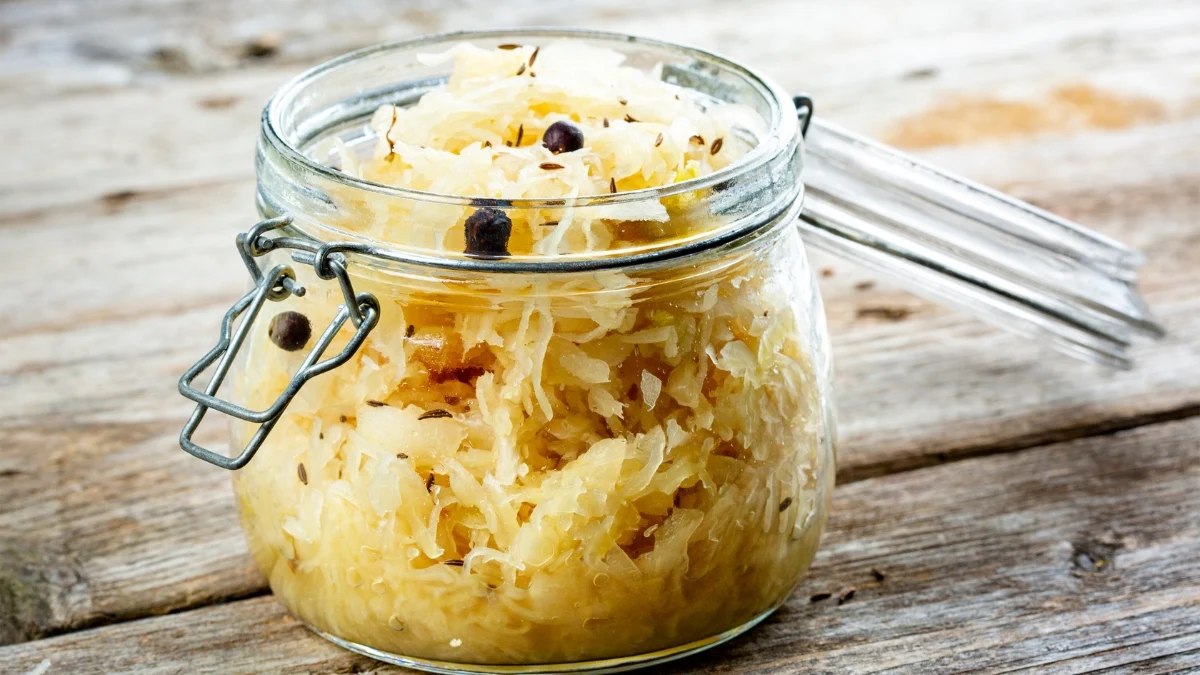
German grandmas knew best—sauerkraut isn’t just a hot dog topping. Finely shredded cabbage ferments for weeks, developing Leuconostoc mesenteroides and Lactobacillus plantarum. These bacteria not only preserve the veggie but also produce enzymes that aid digestion. Studies link raw sauerkraut to reduced inflammation and improved gut barrier function.
The tangy crunch works in salads, Reubens, or as a side. Refrigeration keeps the probiotics alive, unlike shelf-stable canned versions. Purple cabbage sauerkraut adds extra antioxidants. Start with a tablespoon daily; too much too soon can overwhelm sensitive systems. Its natural acidity also helps balance stomach pH.
9. Kimchi
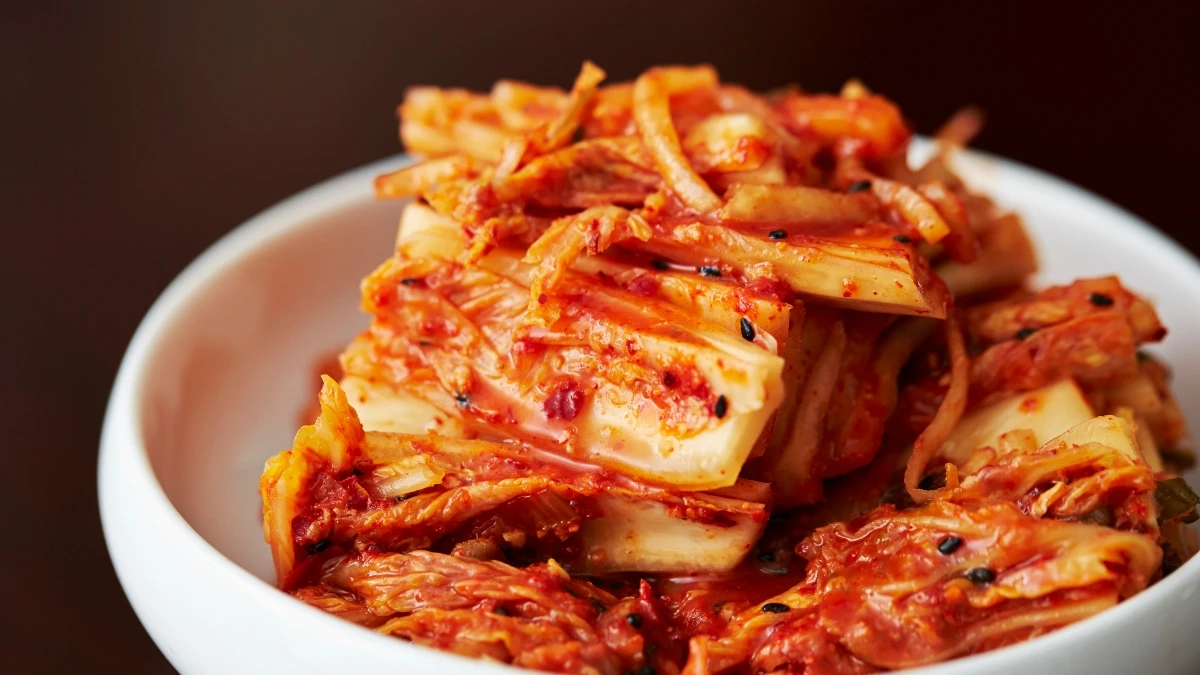
Fiery, funky, and fiercely nutritious, kimchi is Korea’s answer to gut health. Napa cabbage and radishes ferment with chili, garlic, and Lactobacillus kimchii, a strain shown to boost immunity and combat bad gut bacteria. The capsaicin from chilies may even accelerate metabolism while the microbes work on digestion.
Eaten daily in Korea, it’s served as a side or stirred into stews and fried rice. Vegan versions skip fish sauce for soy alternatives. Since heat kills probiotics, add it to dishes after cooking. The spice level varies, so mild types suit beginners. Its bold flavor wakes up bland meals while delivering a dose of vitamins A and C.
10. Skyr

Skyr isn’t just thick yogurt—it’s a centuries-old Icelandic staple strained to remove whey, concentrating its protein and probiotics. A single cup packs 15-20 grams of protein and Lactobacillus acidophilus, which helps break down lactose and fight pathogens. The straining process also gives it a creamy texture without excessive fat.
Mild and slightly tart, it’s versatile in smoothies, dips, or with berries. Unlike Greek yogurt, authentic skyr uses heirloom cultures for fermentation. Check labels for “live active cultures” and avoid sugary flavored versions. Its high protein content makes it a smart post-workout recovery food that also supports gut health.
11. Amazake
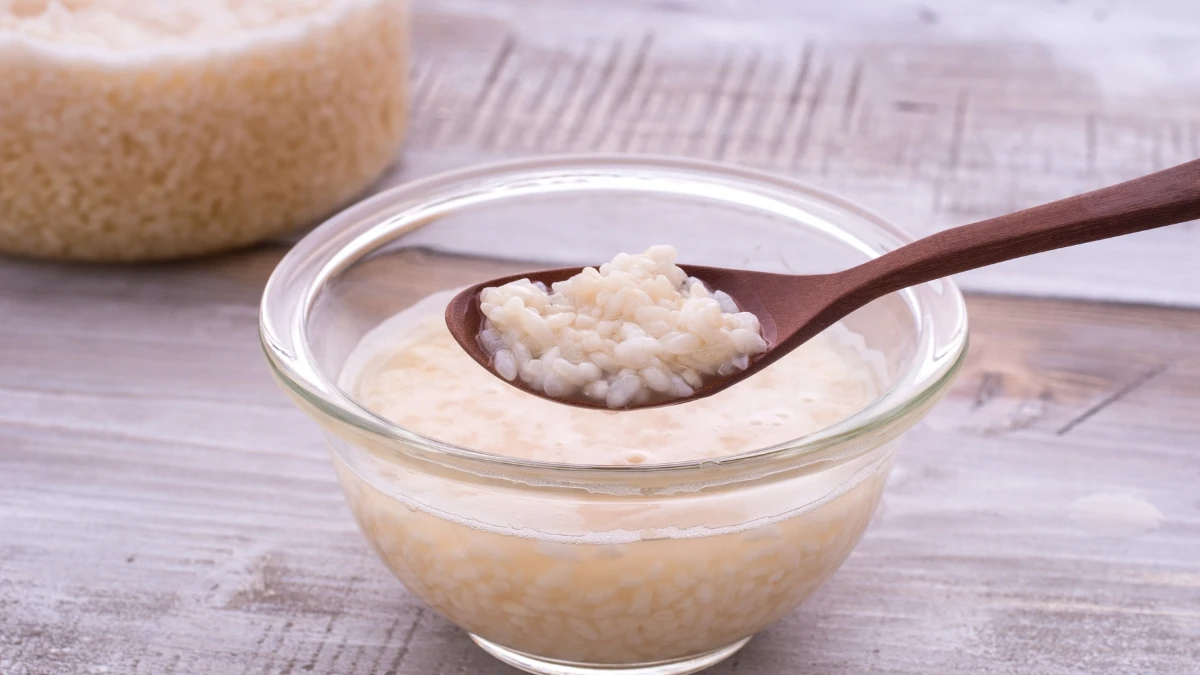
Imagine a dessert that’s good for your gut. Amazake, a traditional Japanese drink, blends fermented rice with koji culture (Aspergillus oryzae), creating a naturally sweet, pudding-like beverage. The fermentation breaks down rice starches into simple sugars, making it easy to digest while producing enzymes that enhance nutrient absorption.
Often served warm in winter or chilled in summer, it’s a popular weaning food for babies and a recovery drink for convalescents. The koji mold also generates B vitamins and amino acids, supporting energy levels. Some artisanal versions include ginger or yuzu for extra zest. Unlike refined sweets, amazake offers probiotics with its subtle sweetness—no sugar crash included.
12. Viili

This isn’t your average yogurt. Viili, a Finnish cultured dairy product, develops a distinctive elastic texture thanks to Geotrichum candidum, a probiotic mold rarely found in other fermented foods. The sticky surface and mild taste make it an acquired pleasure, but its microbial profile is worth the adventure.
The slow fermentation process creates a delicate balance of lactic acid bacteria and yeasts, which may help regulate cholesterol and improve lactose digestion. Families in Finland often pass down viili starters through generations. Enjoy it with fresh berries or a drizzle of honey. Its unusual texture makes it a conversation starter—and a gut health powerhouse.
13. Torshi

Walk through any Middle Eastern market, and you’ll spot jars of torshi—colorful, tangy pickled vegetables like turnips, carrots, and cauliflower. Unlike quick vinegar pickles, torshi undergoes natural fermentation, developing a complex mix of bacteria that enhance gut diversity. Garlic and spices like turmeric add antimicrobial benefits.
Each region has its own twist. Persian torshi often includes eggplant, while Iraqi versions might feature green tomatoes. The lactic acid produced during fermentation not only preserves the veggies but also supports digestive enzyme activity. Crunchy, pungent, and packed with probiotics, it’s a bold condiment that pairs well with grilled meats or flatbreads.
14. Chongkukjang
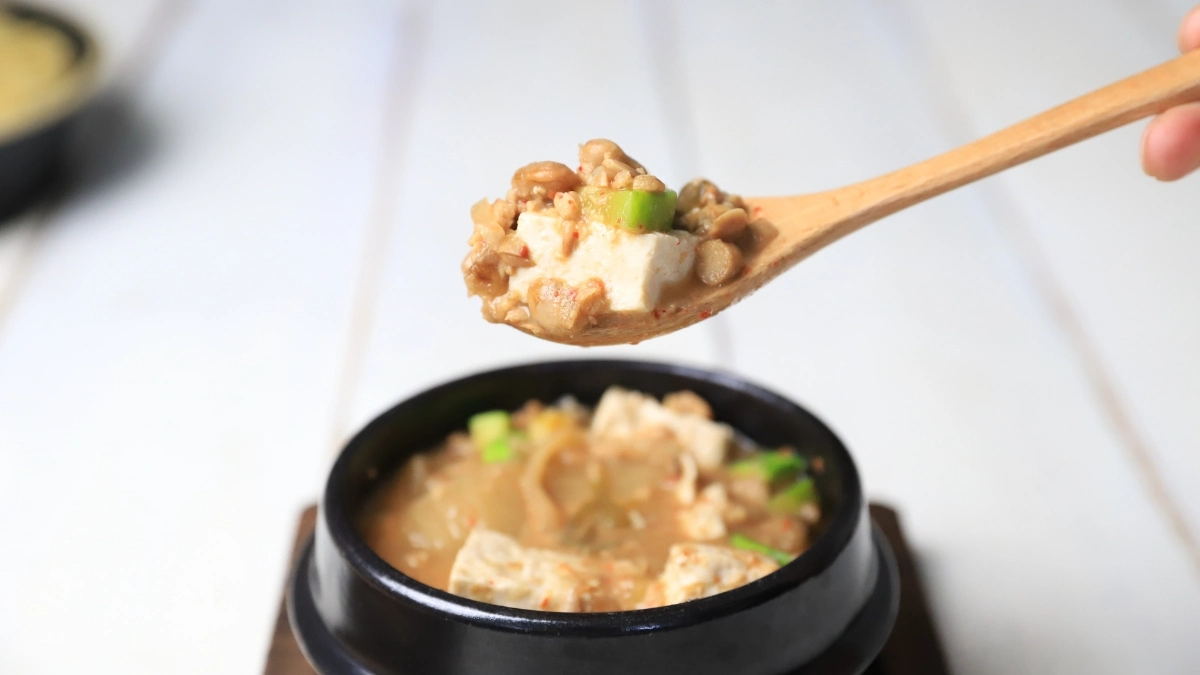
While most fermented soybean pastes take months, chongkukjang is ready in days. This Korean staple uses Bacillus bacteria, which survive stomach acid better than many probiotics, ensuring they reach the intestines alive. The rapid fermentation gives it a strong aroma, but the health perks are undeniable.
Studies suggest it may help lower blood pressure and reduce inflammation. Stir it into stews or use it as a marinade for an umami kick. Unlike milder miso, chongkukjang has a sticky texture and robust flavor that stands up to hearty dishes. Its short fermentation time also means higher levels of bioactive compounds.
15. Pu-erh Tea
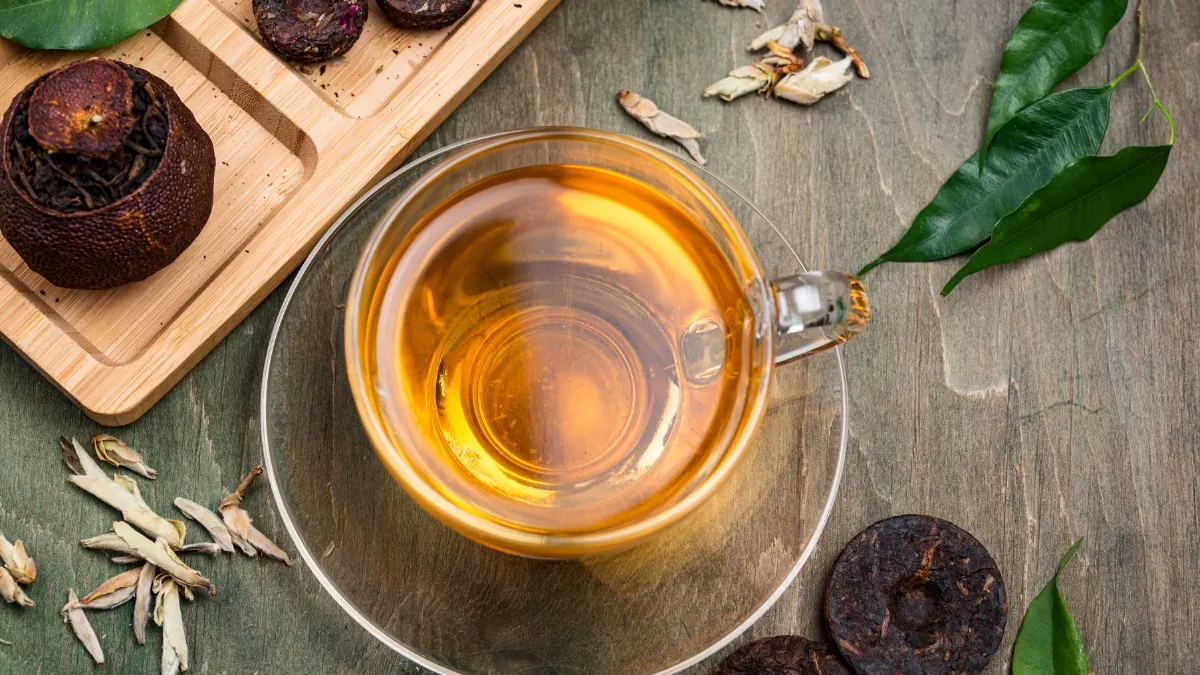
Most teas lose freshness over time, but pu-erh improves with age. This Chinese tea undergoes microbial fermentation, developing earthiness and probiotics not found in green or black varieties. The process encourages the growth of Aspergillus niger and other beneficial fungi that aid digestion and fat metabolism.
Drinkers prize aged pu-erh for its smooth, mellow flavor—like fine wine, vintage batches command high prices. Unlike other teas, it’s often compressed into cakes for aging. A cup after meals can help with bloating, and some research hints at cholesterol-lowering effects. Brew it gongfu-style for the full experience, or try it iced for a gut-friendly refreshment.


